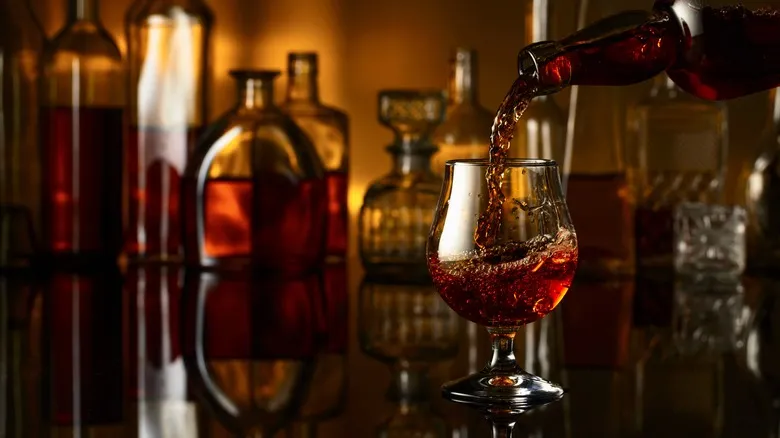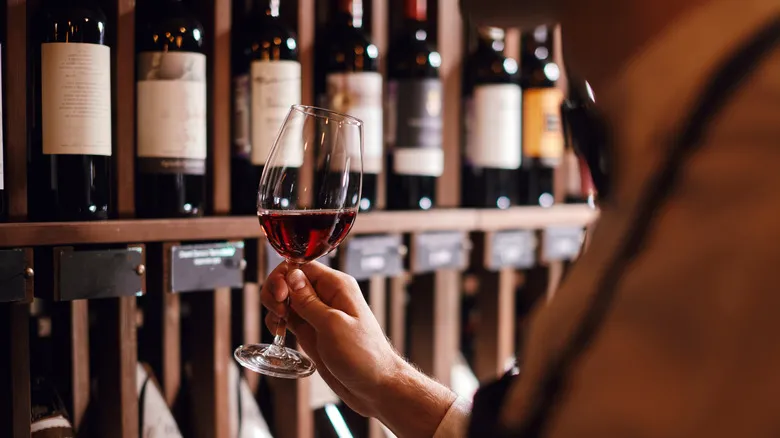What is grappa?
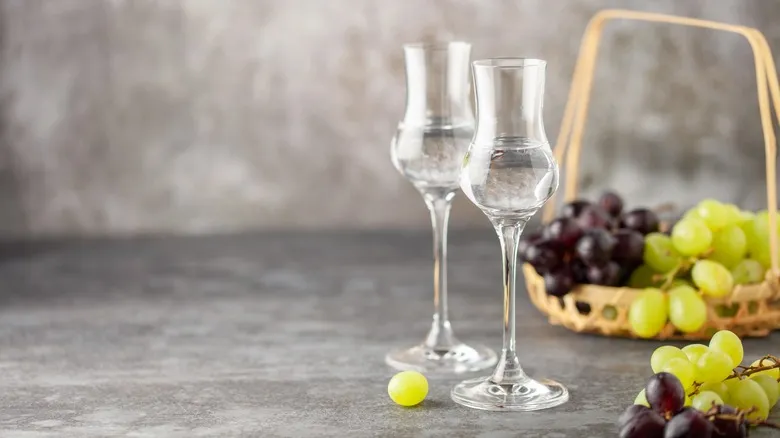
Interwoven with the culture of northern Italy, grappa's origins date back centuries, potentially as far as the 2nd century. For much of its history, this spirit has been linked to modest beginnings, characterized by its bold, alcoholic flavor and the use of winemaking byproducts. In contemporary times, grappa undergoes a detailed and regulated production process that results in a liquor of remarkable complexity. Its flavor profile can range from light, aromatic fruits to nutty undertones and hints of sweetness, reflecting the distinct qualities of the grape remnants used. Sometimes, it is crafted from a single grape variety, highlighting the unique traits of that fruit. Additionally, grappa can be aged in barrels, which adds an oaky flavor. The alcohol content varies, ranging from 70 proof to as high as 120 proof.
Traditionally, grappa is distilled using steam, and the final product may not be diluted, enhancing its intensity. However, some modern producers have adopted continuous stills to increase production volumes. After distillation, grappa is either stored in steel tanks or aged in barrels, with aging periods that can last from less than a week to over a year and a half, and in rare instances, even decades. Similar to cognac, the aging time categorizes it into various named classifications. While it is most commonly enjoyed neat, grappa also finds its way into delightful Italian cocktails.
What is brandy?
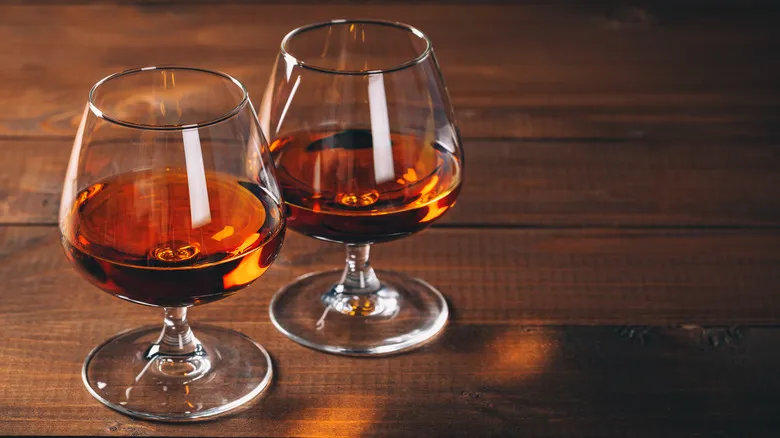
Brandy is a broad term that refers to a spirit produced from fruit. While grapes are the most common base, other fruits such as stone fruits like apricots and cherries, as well as apples, are also frequently used. This liquor is produced globally and comes in both barrel-aged and clear varieties. Many brandies are categorized into regional styles, often governed by specific production regulations.
Beyond its general association with fruit, there is no strict definition for what constitutes brandy. Consequently, the spirit is sometimes blended with sweeteners to reduce its alcohol by volume (ABV). Alternatively, it can be distilled into stronger versions that exceed 50% ABV. Due to this diversity, most brandies are identified by their specific substyles. You may be familiar with well-known types such as cognac, pisco, rakia, and applejack (which should not be confused with apple brandy). Grape-based brandies are typically aged and blended, giving them a resemblance to whiskey, though there are also unaged grape-based options, with grappa being a notable example.
In addition to being enjoyed neat, brandy has played a significant role in the evolution of cocktail culture. The finest brandy cocktails highlight the spirit's versatility, ranging from the robust Vieux Carré to the tangy pisco sour. Its frequent use in cocktails solidifies brandy's essential presence on the bar shelf.
Grappa is different from other pomace brandies
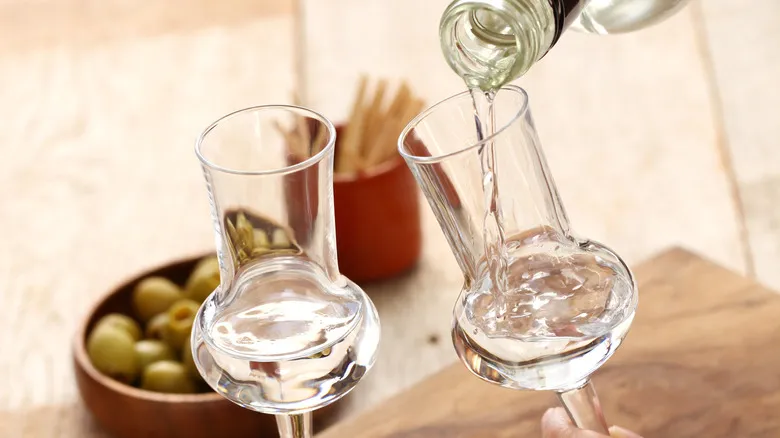
Brandy is primarily produced from fruit juice rather than the byproducts of wine production, which sets grappa apart from other spirits in its category due to its unique identity and regulated production process. However, pomace-based spirits are still part of this category, offering a delightful variety to explore.
The term "grappa" is officially regulated within the European Union, where it must be made in Italy, the Italian region of Switzerland, or San Marino. In contrast, the United States does not have such regulations, allowing American-made pomace-based spirits that mimic the style to be marketed as grappa.
Additionally, there are various regional spirits that bear similarities to grappa. Many countries with rich winemaking histories produce their own pomace brandies. For instance, Greek producers create tsipouro, which is also subject to regional regulations. In Georgia, a country with a long winemaking tradition, chacha is crafted in a similar manner. In Burgundy, France, the byproducts of wine production are transformed into a spirit known as eau-de-vie de marc. Portugal also has its own pomace brandy called bagaço. Thus, while grappa is a renowned Italian liquor, it is certainly not the only pomace brandy available.
Recommended
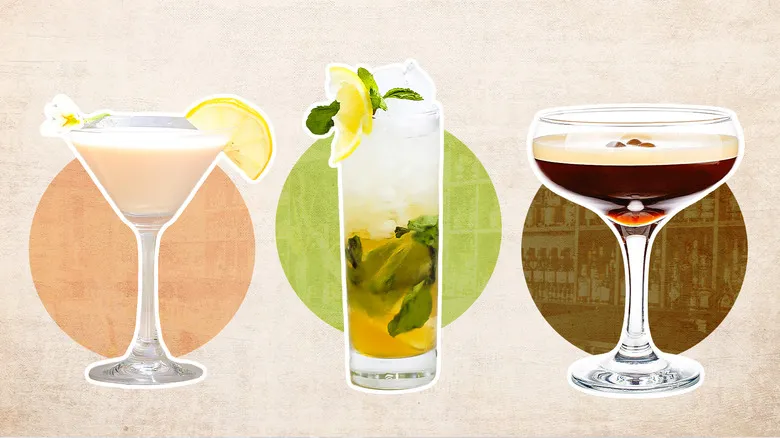
The 12 Cocktail Trends Of 2024 That Are Worth Keeping In 2025
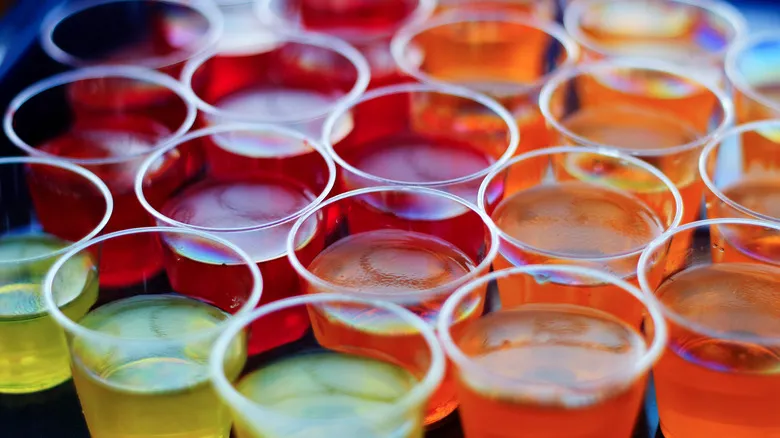
How Long Does It Take For Jell-O Shots To Set?
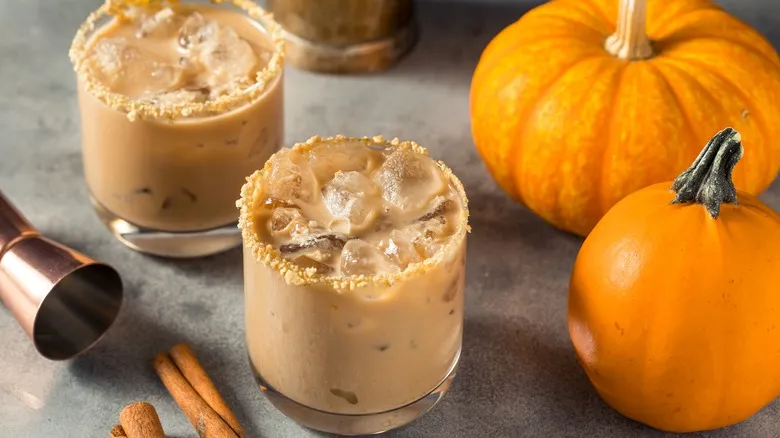
Elevate Your White Russian With A Pumpkin Spice Twist
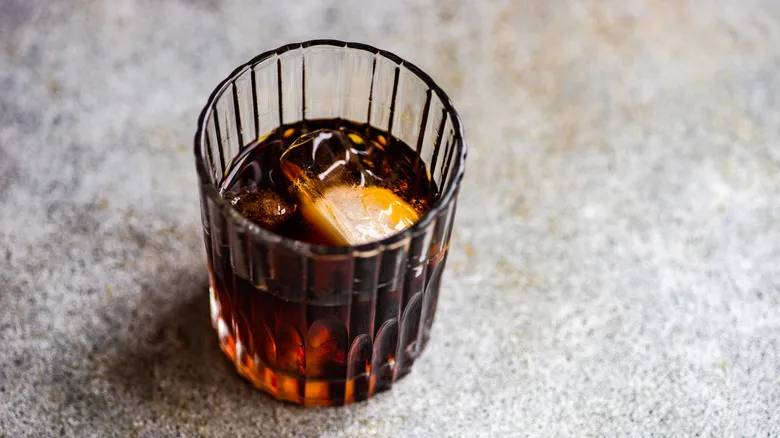
What Is Vermouth?
Next up

